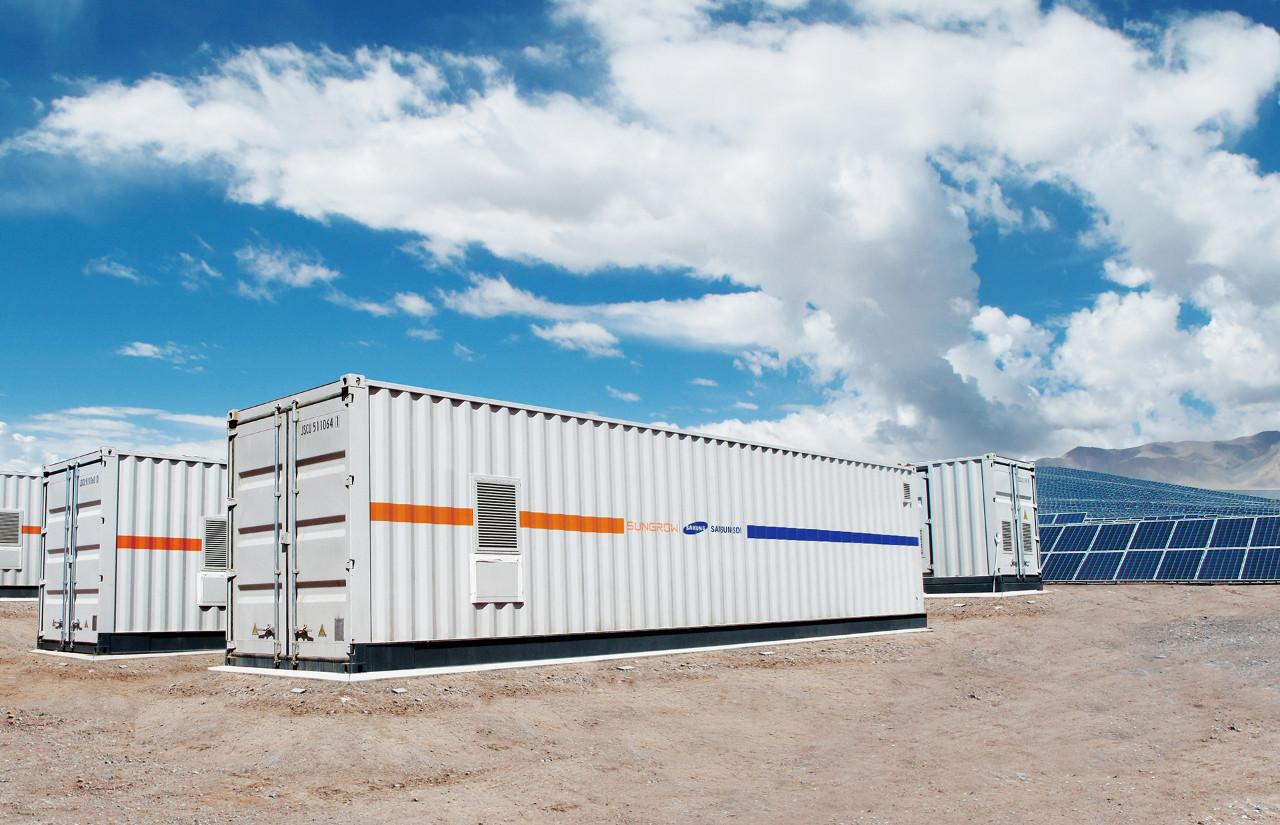
3 月 . 16, 2024 10:41 Back to list
What is a distributed energy system?
In the past century, the world has witnessed unprecedented population and economic growth, leading to a massive increase in global energy consumption. Buildings alone account for nearly 30% of the world's total energy usage. The International Energy Agency (IEA) predicts that by 2035, the annual investment required to meet the world's energy demands will soar to $2 trillion. This escalating cost has prompted the development of innovative solutions such as distributed energy systems (DES) to revolutionize energy management.
Distributed energy systems (DES) represent a decentralized approach to energy management that leverages advancements in smart metering technology and energy storage systems. These systems encompass a wide range of energy generation, storage, monitoring, and control solutions. By utilizing renewable energy sources, smart metering technologies, and energy consumption regulations, DES is reshaping the traditional centralized model of power generation towards a more dynamic and complex energy landscape with multiple actors and diverse energy sources.
One of the key features of distributed energy systems is the integration of various distributed energy resources (DER) such as rooftop solar PV units, natural gas turbines, wind turbines, biomass generators, fuel cells, and battery storage. These resources work in tandem to provide energy to the system, allowing for more flexibility and efficiency in energy generation and distribution. Through DES, building owners and consumers can benefit from reduced costs, improved reliability, and the potential to generate revenue through on-site energy generation and load management.
With the growing popularity of renewable energy sources like solar and wind power, distributed energy systems are creating a more sustainable and resilient energy grid. By enabling two-way power flows, consumers can now not only receive energy from the grid but also contribute excess energy back to the system. This two-way energy exchange contributes to a more balanced and efficient energy distribution, especially during peak demand times when central power grids often struggle to meet energy requirements.

Large-scale industrial plants and factories are also embracing distributed energy systems to diversify their energy sources and reduce operational costs. By incorporating utility-scale solar and wind farms into their operations, these facilities can decrease their reliance on centralized power grids during peak periods. This trend is expected to expand to commercial and office buildings as well, as the demand for energy continues to rise in the coming years.
According to the Electricity Network Transformation Roadmap (ENTR), the adoption of distributed energy systems is projected to increase by 40% by 2030. By 2027, more than 40% of energy customers are expected to utilize DER, with that number growing to over 60% by 2050. A report by Siemens highlights the economic benefits of DES, with operational cost reductions ranging from 8% to 28% and a return on investment of three to seven years across various sectors including manufacturing, offices, residential districts, and rural communities.
Furthermore, distributed energy systems offer a range of environmental and social advantages, such as lower cost grid balancing, reduced greenhouse gas emissions, and extended access to energy for underserved communities. As building owners increasingly focus on long-term energy goals and sustainability, DES presents an opportunity to lower operational costs and ensure energy security for the future. By providing a more efficient and flexible energy management solution, distributed energy systems are poised to play a significant role in shaping the future of global energy consumption and sustainability.
-
Unraveling the Power of EMS Energy Management Systems
NewsOct.23,2024
-
Unleashing the Potential of Power System Management and Smart Energy Solutions
NewsOct.23,2024
-
Smart Energy Mastery: Unleashing the Power of Controls
NewsOct.23,2024
-
Smart Energy Management: Unleashing the Power of Energy Management Systems and BMS Energy
NewsOct.23,2024
-
Powering Progress: ADMS, Intelligent Management & More
NewsOct.23,2024
-
Energizing the Future: Devices, Smart Management & Savings
NewsOct.23,2024


